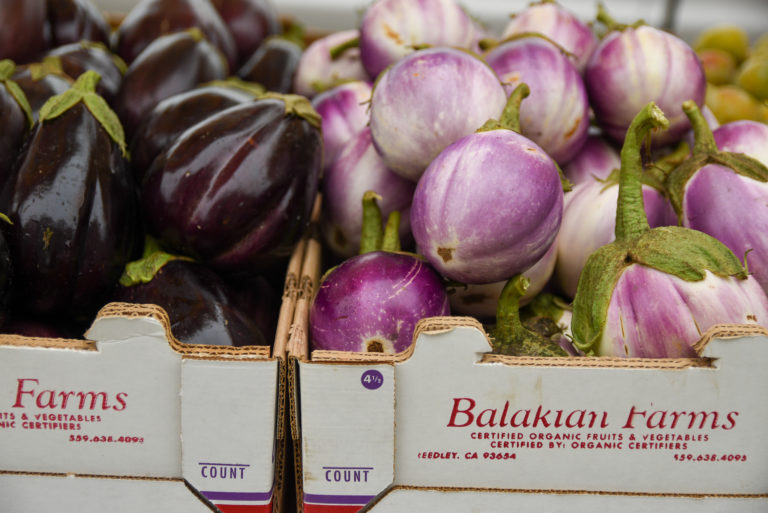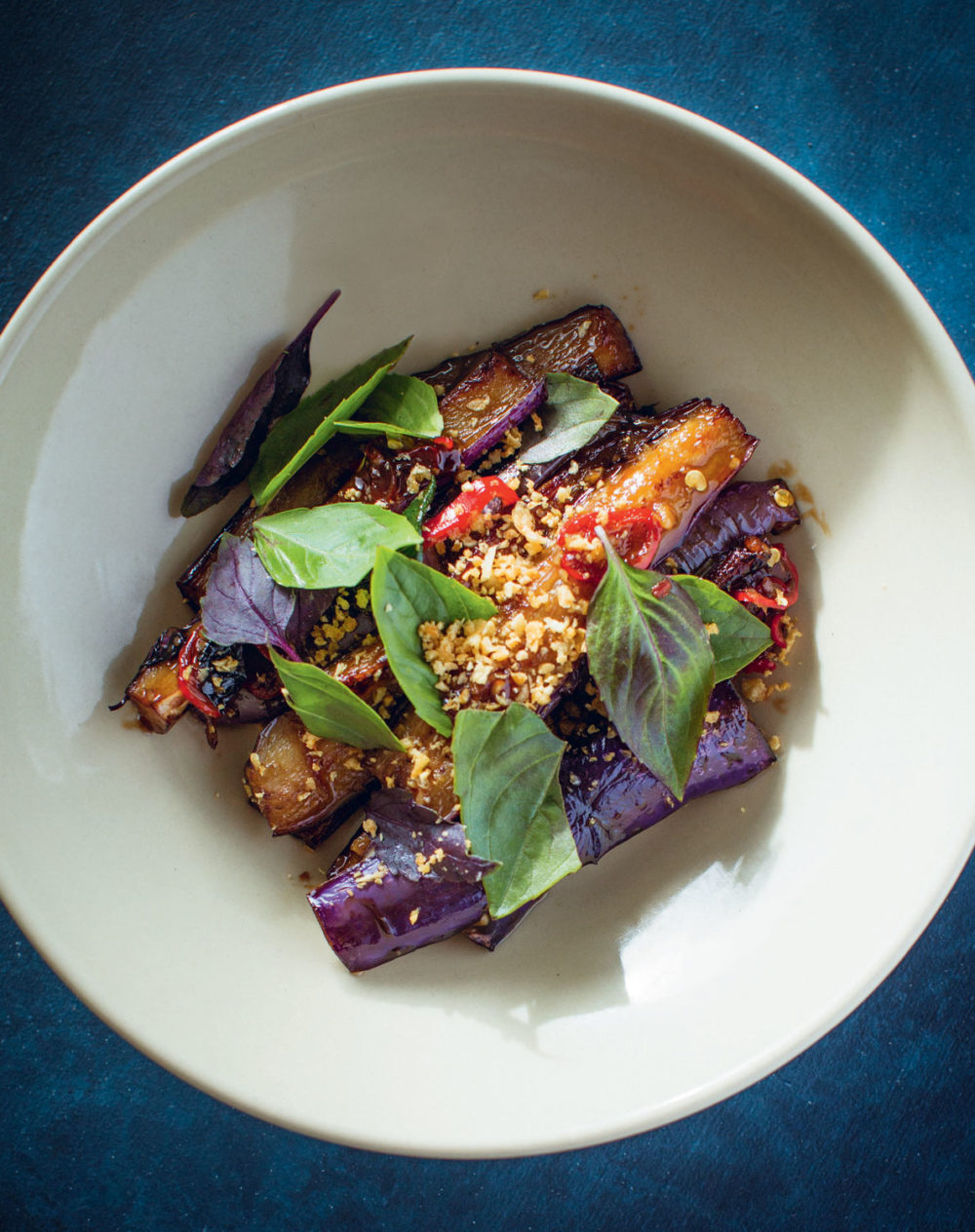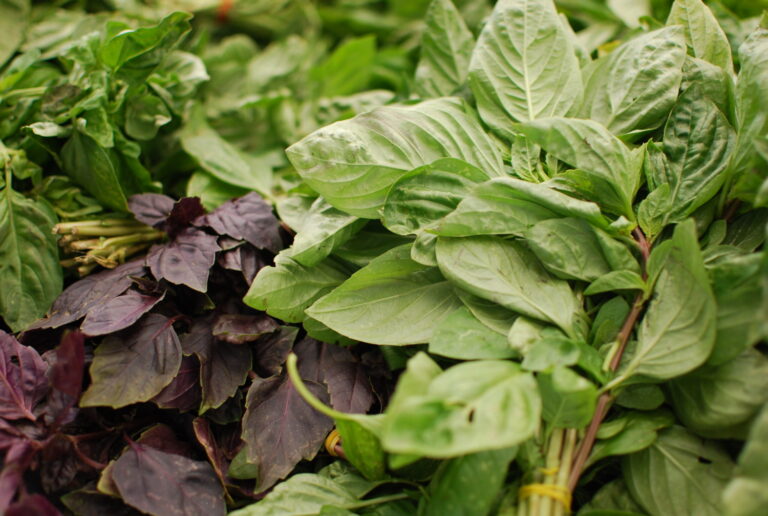
Taiwanese-Style Eggplant
Source: Brandon Jew, Mister Jiu's in Chinatown

Recipe Type: Appetizers and Sides | Seasons: Summer
For this recipe, I prefer medium Chinese eggplants, the pale purple, slender ones that are ten to twelve inches long, over similar-looking but more bitter varieties. This calls for oil-blanching and, because eggplant is basically a sponge, brining them for an hour first until they are saturated but not bloated. During frying, the water turns to steam and makes the eggplant creamy and not at all oily.
Cooking is really the study of water. It takes water to grow everything, of course, and so the amount of water that remains in an ingredient after it is harvested or butchered dictates how it will heat through in the pan, whether it will soften, seize, crisp, or caramelize. You’re adding water when you use stocks, vinegars, or alcohol. You’re creating barriers to water with starches. How you cut ingredients and the order in which you add them to the pan is about controlling how and when they release the water inside them. Even the shapes of cooking vessels are about releasing or retaining moisture. When cooking with a wok, changes to water happen so quickly that split-second timing is essential.
Makes 4 servings
Active Time — 25 minutes
Plan Ahead — You’ll need 1 hour for brining
Special Equipment — Deep-fry thermometer, spider
INGREDIENTS
2 medium Chinese eggplants
1 qt plus ¼ cup / 1L water
2 Tbsp kosher salt
2 qt / 1.9L neutral oil
3 Tbsp oyster sauce
4 tsp fish sauce
2¼ tsp granulated sugar
5 garlic cloves; 2 thinly sliced, 3 finely chopped
1 red Fresno chile, cut into thin rings
¼ cup / 5g packed Thai or opal basil leaves, torn in half if large
PREPARATION
Trim and discard the eggplant ends, then cut into thick wedges, like steak frites—first cut crosswise into three 3-inch chunks, then halve those lengthwise repeatedly until you have 1-inch-thick wedges.
In a large bowl, combine 1 qt / 950ml of the water and the salt and whisk until the salt is dissolved. Add the eggplant, making sure it is submerged, and let sit at room temperature for 1 hour.
Fill a 5-quart or larger Dutch oven with the neutral oil and secure a deep-fry thermometer on the side. Set over medium-high heat and warm the oil to 375°F.
Meanwhile, drain the eggplant and dry very well with paper towels. In a small bowl, combine the remaining ¼ cup / 60ml water, oyster sauce, fish sauce, and sugar and stir until the sugar is dissolved. Set this sauce aside.
Add the sliced garlic to the oil and fry until crisp and light golden brown, about 30 seconds. Use a spider to transfer them to a paper towel to drain.
Check that the oil in the Dutch oven is still at 375°F. Set up for the second fry by setting a dry wok or large skillet over high heat.
Carefully slide all the eggplant into the oil. Stir until the eggplant has darkened and caramelized at the edges, about 1 minute. Remove the eggplant with the spider and drain well over the Dutch oven, then transfer to the screaming-hot wok.
Immediately add the chopped garlic and most of the chile rings (reserve a few for garnish) to the eggplant in the wok and toss everything to combine. Add the reserved sauce and continue to toss until the sauce thickens to a glaze and the eggplants are browned at the edges, about 1 minute. Add most of the basil leaves and toss until wilted.
Transfer the contents of the wok to a serving platter. Crumble the fried garlic and scatter it over the eggplant with the rest of the basil and chile rings. Serve immediately.
Reprinted with permission from Mister Jiu’s in Chinatown: Recipes and Stories from the Birthplace of Chinese American Food by Brandon Jew and Tienlon Ho, copyright © 2021. Published by Ten Speed Press, an imprint of Penguin Random House. Photography copyright: Pete Lee © 2021.

